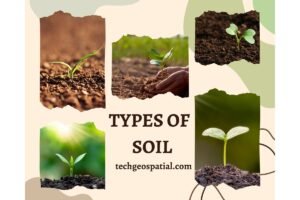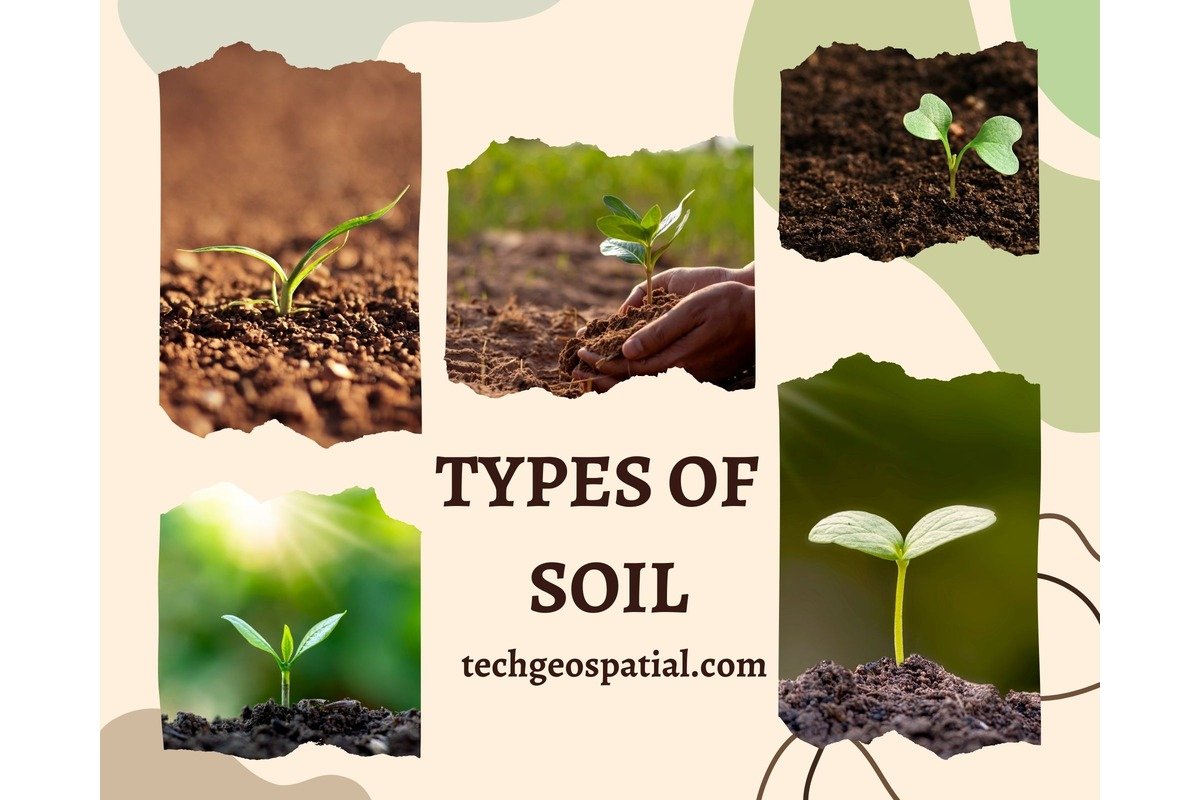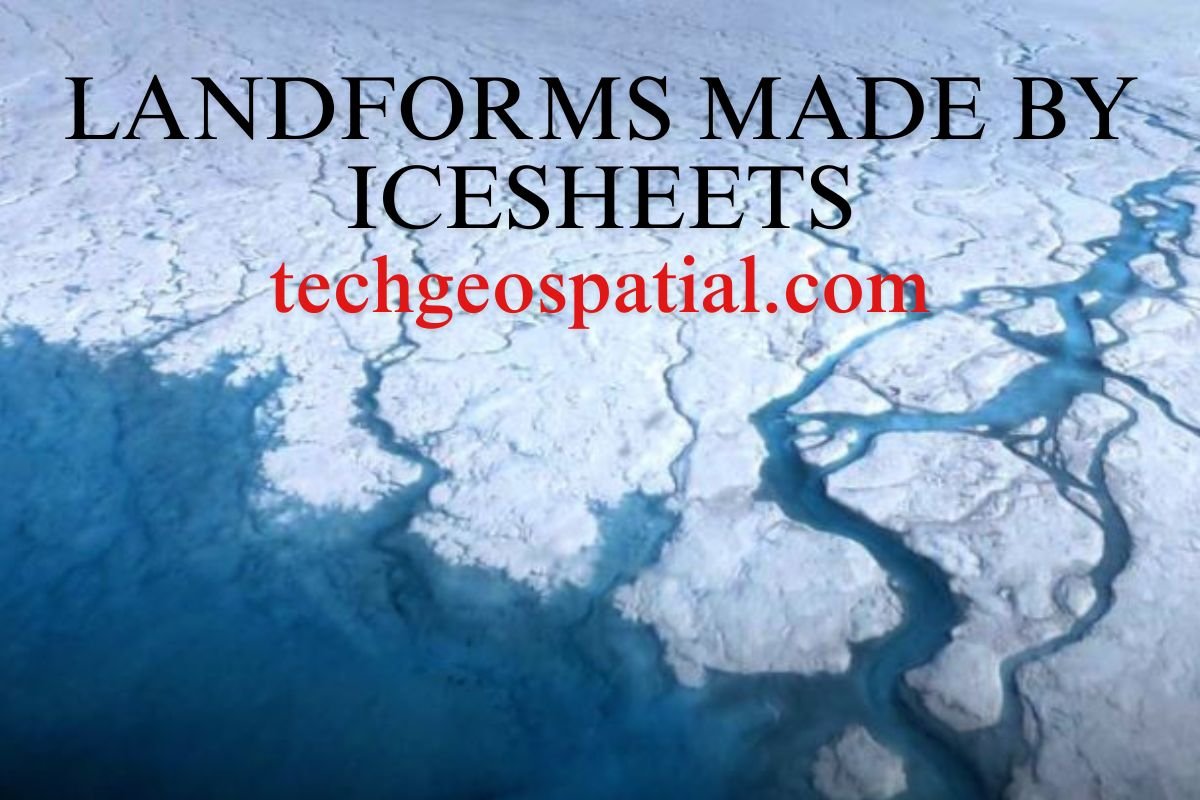Types of Soil
Soil, the foundation of terrestrial life, comes in various types, each with distinct characteristics and properties. Understanding these soil types is crucial for farmers, gardeners, environmentalists, and anyone interested in land management. Let’s delve into the diverse world of soil classifications to grasp the significance of each type.
Introduction to Soil Types

Soil types refer to the categorization of soils based on various characteristics such as texture, structure, composition, color, pH, moisture, temperature, drainage, fertility, erosion, compaction, and contamination.
Importance of Soil Classification
Soil classification aids in understanding soil properties, which is essential for agriculture, construction, environmental conservation, and geological studies.
Soil texture refers to the relative proportions of sand, silt, and clay particles in the soil. These particles vary in size, shape, and mineral composition, influencing soil properties such as water retention, drainage, and aeration.
- Sand: Soil with a high proportion of sand particles feels gritty and drains quickly. Sandy soils are often well-drained but may lack nutrients.
- Silt: Silt particles are smaller than sand but larger than clay. Silt soils feel smooth and hold moisture better than sandy soils.
- Clay: Clay particles are the smallest and have a sticky texture when wet. Clay soils have excellent moisture retention but can become compacted easily.
Soil Structure Classification
Soil structure refers to the way soil particles are arranged and aggregated. It affects soil porosity, permeability, and root penetration.
- Granular: Soil with a granular structure has well-defined, rounded aggregates. It is typically found in soils with high organic matter content.
- Blocky: Blocky soil structure consists of angular or sub-angular aggregates. It is common in soils with clay content and indicates good drainage.
- Platy: Platy soil structure consists of thin, flat plates or layers. It often develops in compacted soils and restricts water and root penetration.
Soil Color Classification
Soil color is influenced by factors such as mineral composition, organic matter content, and drainage conditions. It can provide valuable information about soil properties and processes.
- Red: Red soils are often rich in iron oxides and are well-drained. They are commonly found in tropical and subtropical regions.
- Yellow: Yellow soils may indicate the presence of iron hydroxides or organic matter. They are prevalent in temperate climates.
- Brown: Brown soils contain a moderate amount of organic matter and are typically fertile. They are common in agricultural areas.
- Black: Black soils are high in organic matter and moisture-retentive. They are often found in wetland areas and are highly fertile.
Soil Composition Classification
Soil composition refers to the relative proportions of mineral particles, organic matter, water, and air in the soil.
- Organic: Organic soils contain a high proportion of decomposed plant and animal matter. They are typically dark in color and fertile.
- Inorganic: Inorganic soils are primarily composed of mineral particles such as sand, silt, and clay. They may contain varying amounts of organic matter.
Soil pH Classification
Soil pH is a measure of the acidity or alkalinity of the soil. It influences nutrient availability, microbial activity, and plant growth.
- Acidic: Acidic soils have a pH below 7.0 and may contain high levels of aluminum and manganese. They are common in areas with high rainfall.
- Neutral: Neutral soils have a pH of 7.0 and are considered optimal for most plants. They are typically well-balanced in terms of nutrient availability.
- Alkaline: Alkaline soils have a pH above 7.0 and may contain high levels of calcium and magnesium. They are common in arid regions.
Soil Moisture Classification
Soil moisture refers to the amount of water present in the soil and its availability to plants.
- Sandy Soil: Sandy soils have large particles and poor water retention. They drain quickly and may require frequent irrigation.
- Loamy Soil: Loamy soils have a balanced mixture of sand, silt, and clay particles. They retain moisture well and are ideal for most plants.
- Clay Soil: Clay soils have small particles and high water retention. They can become waterlogged and may require drainage improvements.
Soil Temperature Classification
Soil temperature influences microbial activity, nutrient cycling, and plant growth.
- Warm Soil: Warm soils have higher temperatures and are conducive to rapid plant growth and decomposition.
- Cool Soil: Cool soils have lower temperatures and may limit plant growth and microbial activity, especially in colder climates.
Soil Drainage Classification
Soil drainage refers to the ability of soil to transmit water and air. It is essential for plant root health and soil aeration.
- Well-Drained Soil: Well-drained soils allow water to percolate freely, reducing the risk of waterlogging and root rot.
- Moderately Drained Soil: Moderately drained soils have moderate water-holding capacity and are suitable for a wide range of plants.
- Poorly Drained Soil: Poorly drained soils retain water for extended periods and may become waterlogged, limiting plant growth.
Soil Fertility Classification
Soil fertility refers to the ability of soil to provide essential nutrients to plants.
- Fertile Soil: Fertile soils contain adequate levels of essential nutrients and organic matter, supporting robust plant growth.
- Infertile Soil: Infertile soils lack essential nutrients and may require amendments such as fertilizers to improve fertility.
Soil Erosion Classification
Soil erosion is the process of soil detachment, transport, and deposition by water, wind, or human activities.
- Water Erosion: Water erosion occurs when rainfall or irrigation water detaches and transports soil particles, leading to loss of topsoil and degradation of land.
- Wind Erosion: Wind erosion occurs when strong winds dislodge and transport soil particles, often resulting in the formation of sand dunes and dust storms.
Soil Compaction Classification
Soil compaction is the compression of soil particles, reducing pore space and restricting water and air movement.
- Lightly Compacted Soil: Lightly compacted soils have minimal compression and adequate pore space, allowing for good root penetration and water infiltration.
- Moderately Compacted Soil: Moderately compacted soils have reduced pore space and may exhibit decreased water infiltration and root growth.
- Severely Compacted Soil: Severely compacted soils have tightly packed particles and limited pore space, resulting in poor drainage and aeration.
Soil Contamination Classification
Soil contamination refers to the presence of harmful substances in the soil, posing risks to human health and the environment.
- Chemical Contamination: Chemical contamination occurs when soil is contaminated with hazardous chemicals such as heavy metals, pesticides, or industrial pollutants.
- Biological Contamination: Biological contamination occurs when soil is contaminated with pathogens, bacteria, viruses, or parasites, posing risks to human and animal health.
- Physical Contamination: Physical contamination occurs when soil is contaminated with non-biodegradable materials such as plastics, glass, or metals, causing soil degradation and pollution.
Conclusion
In conclusion, soil classification plays a vital role in understanding soil properties and behaviors, guiding land management practices, and ensuring sustainable use of soil resources. By recognizing the diverse types of soil and their characteristics, we can make informed decisions to protect and enhance soil health for future generations.
FAQs
- Why is soil classification important? Soil classification helps us understand soil properties and behaviors, guiding land management practices and ensuring sustainable use of soil resources.
- How does soil texture affect plant growth? Soil texture influences water retention, drainage, and aeration, affecting nutrient availability and root development, which, in turn, impacts plant growth.
- What factors influence soil erosion? Soil erosion can be influenced by factors such as water, wind, soil composition, slope gradient, and land use practices.
- How can soil compaction be prevented? Soil compaction can be prevented by minimizing heavy machinery use on wet soils, practicing crop rotation, and incorporating organic matter into the soil to improve its structure.
- What are the consequences of soil contamination? Soil contamination can lead to decreased soil fertility, groundwater pollution, and adverse effects on human health and ecosystems.






good
good